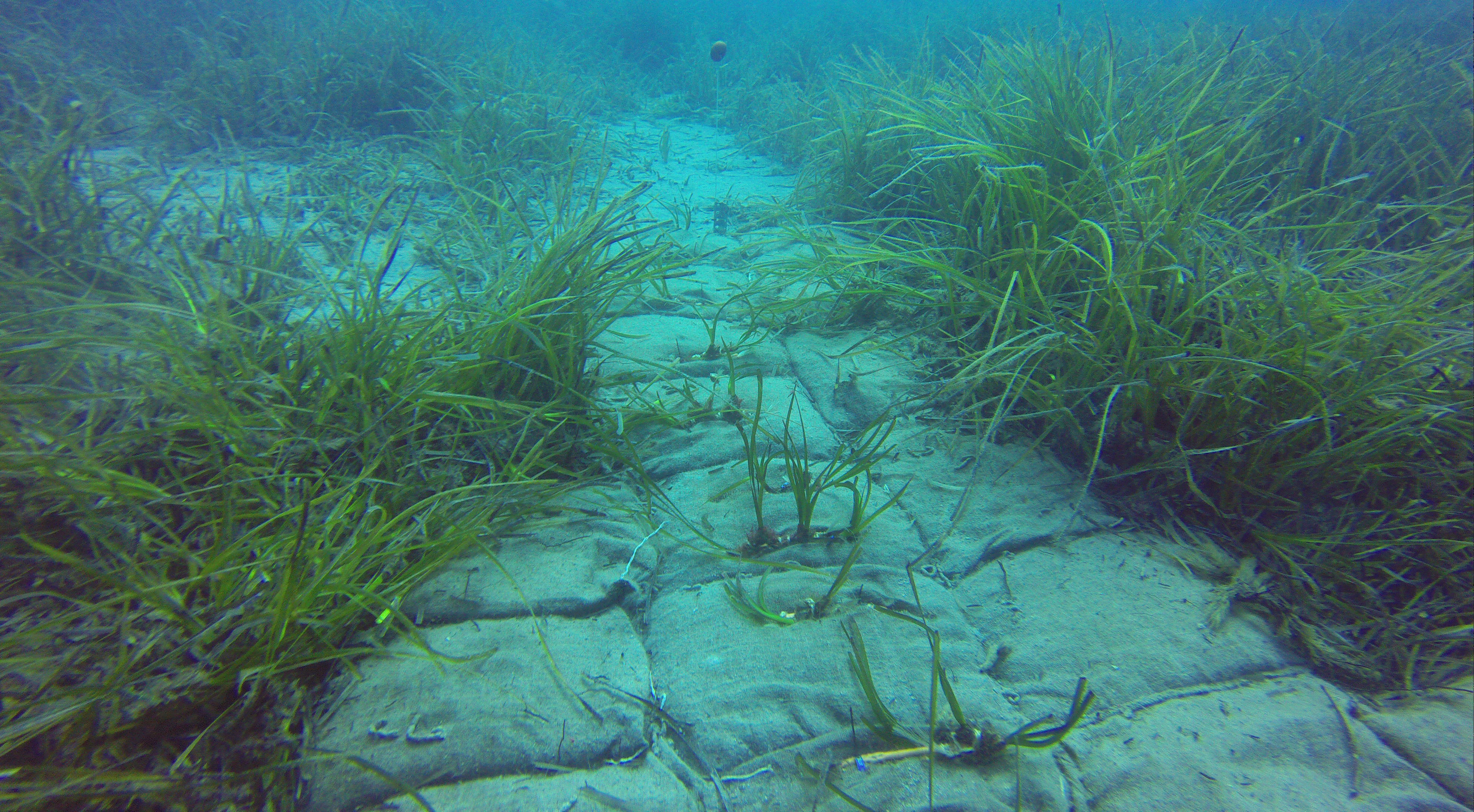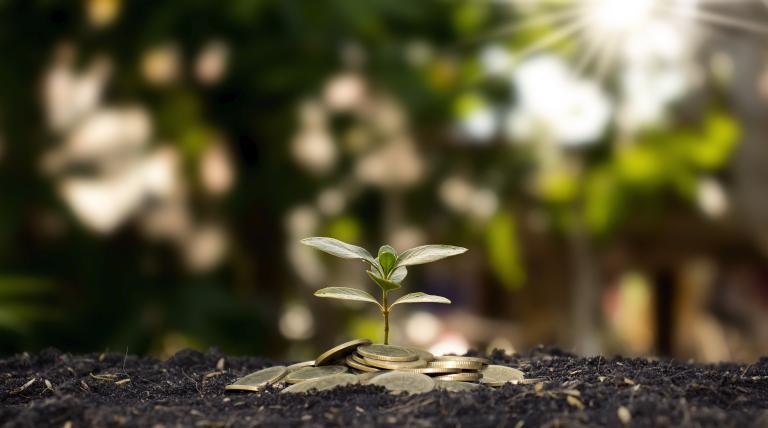We are a global operator of essential infrastructure
- 39.8% of monthly generation came from renewable sources and 60.6% was obtained using technologies which produce zero CO2 equivalent emissions.
- Electricity demand fell by 1.2% in the Balearic Islands and grew by 11.8% in the Canary Islands compared to January 2021.
National electricity demand in January is estimated at 22,704 GWh, a value that is 5% lower than the figure registered in the same month last year. After having factored in the influence of seasonal and working patterns, the figure is 3.2% lower than in January last year.

During the month of January, and according to data estimated at the time of this press release, generation coming from renewable energy sources represented 39.8% of the generation mix nationwide. Regarding energy obtained using technologies which produce zero CO2 equivalent emissions (GHG), this accounted for 60.6% of the total mix.
With the information available at the time of this press release, in January, combined cycle was the main generation technology in Spain and its share in the mix stood at 24.6%, followed by wind which, with a total production of 5,355 GWh, accounted for 22.1% of the national total. Nuclear (20.8%), cogeneration (8.9%) and hydro (8.7%) were the third, fourth and fifth largest sources of generation in January.
Despite the limited hours of daylight in January, solar photovoltaic ranked as the sixth technology in the generation mix with a production of 1,503 GWh, and compared to the same month year it increased its production by 77.2%, which represented a share of 6.2% in the total generation nationwide.

Demand for electrical energy in the peninsular electricity system fell 5.6%
Demand for electrical energy in the mainland electricity system in January is estimated at 21,479 GWh, down 5.6% compared to January 2021. After having factored in the influence of seasonal and working patterns, the demand for electricity was 3.7% lower than that registered in the same month last year.
During January, and according to data estimated at the time of this press release, 41.4% of the generation on the Spanish mainland came from renewable sources and 63.2% was obtained using technologies which produce zero CO2 equivalent emissions. In January, wind energy was responsible for the production of 5,293 GWh, 22.9% of the total, and was the leading technology on the mainland, followed by combined cycle (22.7%) and nuclear (21.8%).
As is the case at national level, photovoltaic solar energy on the Spanish mainland experienced significant growth in its production in January, since, compared to the same month in 2021, it generated 78.6% more than in January 2021, reaching 1,470 GWh, an amount that is equivalent to 6.4% of the total generation mix on the Spanish peninsula.
Demand for electricity in January fell 1.2% in the Balearic Islands and grew 11.8% in the Canary Islands
In the Balearic Islands, the demand for electricity in January is estimated at 465,306 MWh, a value that is 1.2% lower than that recorded in the same month last year. After factoring in the influence of seasonal and working patterns, the figure is 0.8% up on that recorded in January 2021.
Combined cycle, with 82.2% of the total production in the Balearic Islands, was the leading source of electricity generation in the archipelago in January, followed by diesel generators (6.4%). In January, renewable energy and those technologies which produce zero CO2 equivalent emissions accounted for 5.7% of the total in the Balearic Islands.
Furthermore, during the month, energy transferred via the Spanish Peninsula-Majorca submarine link contributed to covering 6.5% of the electricity demand in the Balearic Islands.
Regarding the Canary Islands, electricity demand is estimated at 724,367 MWh, up 11.8% on that recorded in January 2021. After factoring in the influence of seasonal and working patterns, the figure is 11.6% higher than that registered in the same month last year.
Combined cycle, with a share of 50.5% of the total mix in the Canary Islands, was the leading source of electricity generation in January, while renewables and those technologies which produce zero CO2 emissions represented 11.3% of the total generation.
Consult our Daily Balance Report for more information on the National, Peninsular, Balearic Islands and Canary Islands electricity systems as at the close of January.














